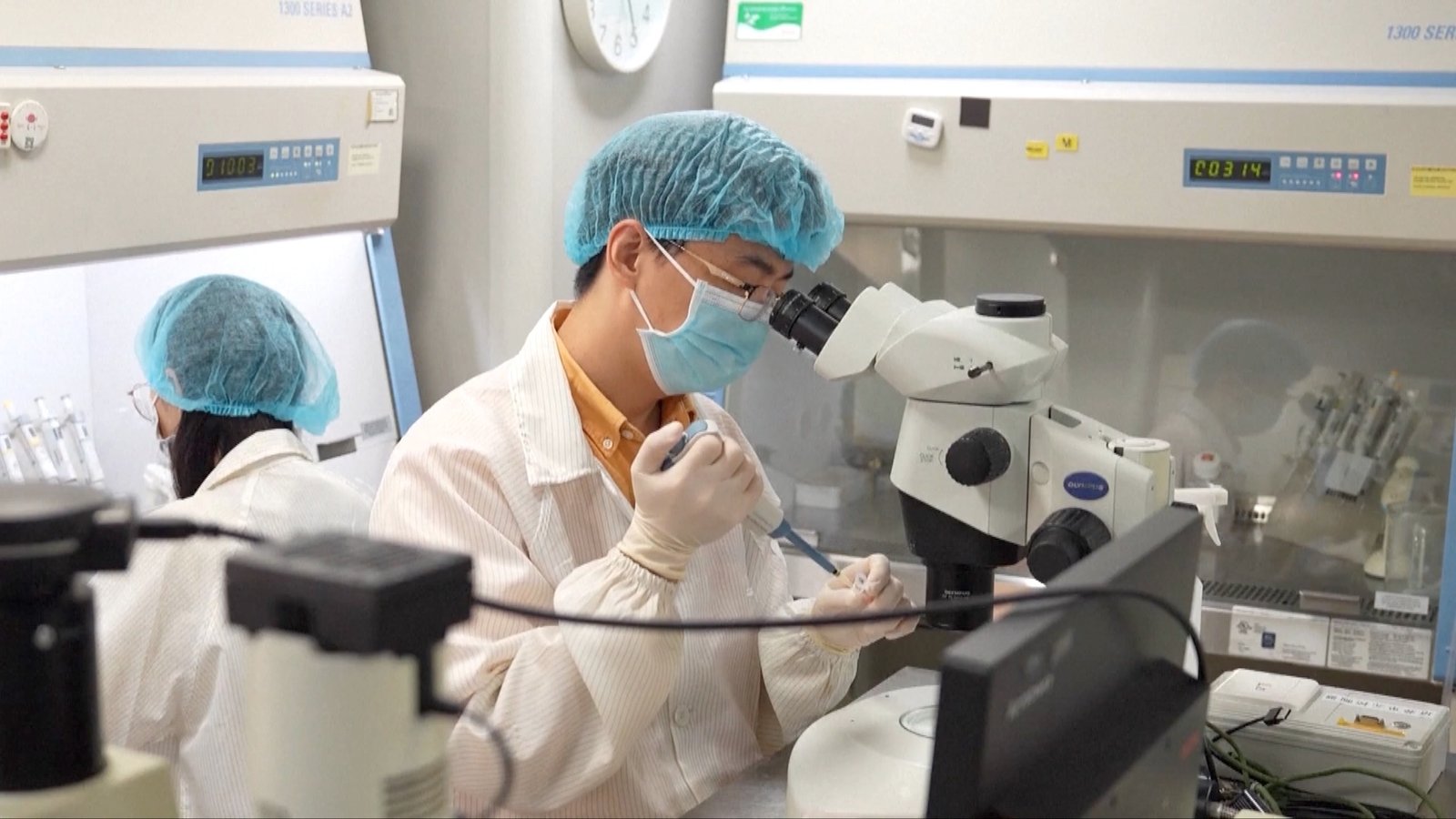The Shenzhen Institute of Advanced Technology’s Institute of Biomedicine and Biotechnology researcher Lei Xiaohua has completed the first phase of their project.

A step closer to discovering a method to treat diseases by producing any kind of human cells was made possible by space science researchers’ successful creation of early-stage blood cells at the China Space Station.
After the Tianzhou-6 cargo ship docked with the space station, the experiment with early-stage blood cells was carried out. Three taikonauts, or Chinese astronauts, and the cells were returned to Earth on Sunday by the Shenzhou-15 spacecraft.
Pluripotent stem cells, a unique type of stem cell that can develop into any major human cell, were used in the experiment and transported to the Wentian lab module on the space station, where some of them successfully developed into hematopoietic stem cells, a different type of stem cell that makes blood cells.
In this manner, scientists created blood cells in space for the first time.
The Shenzhen Institute of Advanced Technology’s Institute of Biomedicine and Biotechnology researcher Lei Xiaohua has completed the first phase of their project but still has a lot of work to do.
Lei stated to China Media Group (CMG) that his team will compare the cells created in space to those created on Earth in an effort to identify the precise genes that regulate the growth process. He also intends to use the Tianzhou-7 and Tianzhou-8 missions to conduct additional stem cell research.
Regenerative medicine, which focuses on regenerating human organs, tissues, and other body parts to repair original parts damaged by ageing, disease, or accident, relies heavily on stem cells. Since cells can be impacted by the microgravity environment in space, studying stem cells in space is a hot topic in this line of research.
Cang Huaixing, chief researcher for the station’s scientific experiments at the Technology and Engineering Center for Space Utilization under the Chinese Academy of Sciences, stated that the search for potential habitable planets is one of the objectives of China’s manned space programme.
The Shenzhou-15 crew also successfully obtained three-dimensional structural images of their skin cells with the country’s self-developed two-photon microscope.
China successfully performed the first in-orbit ignition test in the Mengtian space lab module’s combustion cabinet during the Shenzhou-15 mission, verifying the functions of the experimental combustion system and the accuracy and feasibility of the overall experiment process. This achievement is the first of its kind worldwide.
China’s Stirling thermoelectric converter passed its in-orbit verification, displaying a conversion efficiency that is among the highest in the world. Additionally, China successfully completed the first in-orbit tests on liquid metal thermal management on its space station, validating a number of important technologies for bismuth-based metal in microgravity. These tests supported controlled heat transfer through convection, expansion, and melting.
The Shenzhou-15 crew had conducted eight human factors engineering research activities, 28 space medical experiments, and 38 space science experiments covering life ecology, material science, and fluid mechanics as of May 29. These experiments yielded useful experimental data.